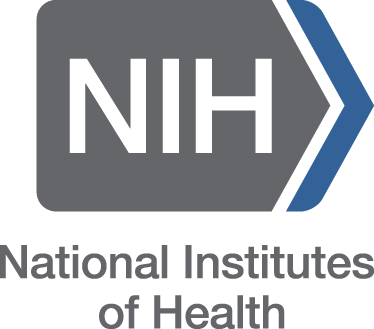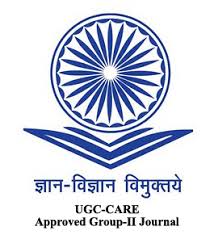Effectiveness of play therapy in level of pain among hospitalized children in selected hospital, Chennai.
DOI:
https://doi.org/10.63001/tbs.2025.v20.i02.S2.pp78-81Keywords:
Play therapy, pain management, emotional wellbeing, childrenAbstract
Play therapy has emerged as a transformative non-pharmacological approach for managing pain in hospitalized children. Aim: The aim of the study to evaluate the Effectiveness of play therapy in level of pain among hospitalized children in selected hospital, Chennai. Methodology: A pre-experimental research design was adopted to assess the effectiveness of play therapy in reducing pain levels among hospitalized children at Sri Balaji Medical College and Hospital, Chennai. The study focused on children aged 8 to 12 years who were admitted to the pediatric ward with moderate to severe pain. A total of 120 participants were selected through purposive sampling based on specific criteria. Children included were those who could verbally or visually communicate their pain levels, while those with chronic illnesses, medically unstable conditions, or under sedation were excluded from the study.. Result: The study showed a significant reduction in pain scores after play therapy, with mean scores dropping from 7.01 to 4.51 (p < 0.001). Most demographic factors showed no significant association with pain reduction. However, parental education level was significantly linked to better pain outcomes (p = 0.0001). Conclusion: The study concluded that play therapy was found to be an effective non-pharmacological intervention in reducing pain among hospitalized children. The significant improvement in post-test pain scores highlights its therapeutic value. Parental education played a key role in influencing the effectiveness of the intervention.






























